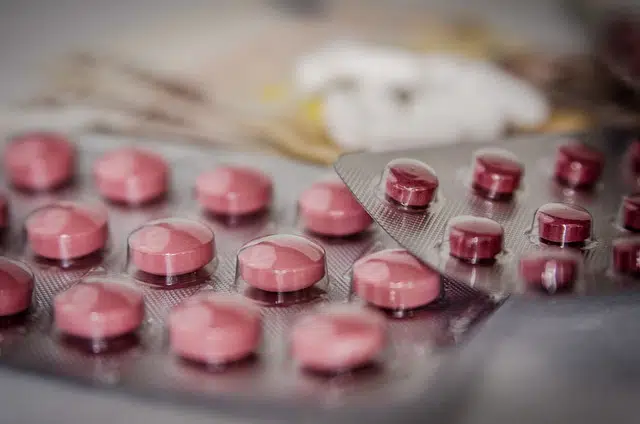
Pharmacokinetics studies the absorption, processing, circulation, and elimination of a drug.
Pharmacokinetics is the area of pharmacology dedicated to the analysis of the absorption, processing, circulation and elimination of a drug in the body . Drugs or medications , meanwhile, are substances that are used for the prevention, relief or cure of a disease.
Several steps
It can be said that pharmacokinetics studies what happens with a drug from the moment it enters an organism until it is completely eliminated from it. This process includes multiple steps and phases.
The acronym ADME is often used to refer to this issue, describing the Absorption , Distribution , Metabolism and Excretion of the substance. This summarizes that the drug releases an active ingredient that is absorbed and distributed by the body. It is then metabolized (since the substance is recognized as foreign) and finally its residues are expelled.
Pharmacokinetics examines all these issues to create action programs that maximize the effectiveness of drugs. In this framework, specialists use mathematical formulas and graphs that show how the medication behaves in the body depending on the route of administration , the dose and other variables.
It can be stated, in short, that pharmacokinetics investigates how a drug is processed by the body . Its objective is to determine how it enters (absorption), how it is transformed (metabolism), how it is distributed (where it reaches) and how it is eliminated (expulsion). It is important to note that pharmacokinetic processes depend on both the chemical properties of the drug and the health status and characteristics of the patient .
Factors that alter absorption
Below we will examine a series of factors that we must take into account regarding the drug to predict how its absorption will be. Let's start with solubility , since if the drug is in an aqueous solution, its absorption takes less time than in an oily solution. In any case, these two presentations are absorbed in less time than a solid one.
Dissolution kinetics , on the other hand, is a factor to which the magnitude and speed at which the active ingredient can be absorbed is linked. Another determining factor for this initial phase of pharmacokinetics is the concentration of the drug ; In this case we find a direct proportion, in which the greater one value, the greater the other.
We continue with the circulation , referring to the site where the absorption will take place. Again, the higher it is, the greater the absorption. Finally, another factor with a direct proportion to the degree of absorption: the surface area .
Passive and active absorption
According to the factors just explained, absorption can occur by two different mechanisms: passive diffusion or active transport . In the first, there is no energy consumption for the drug to pass through. Passive absorption can take place through the membrane or some proteins that form pores.

Absorption of a drug can be active or passive.
Passive diffusion can be simple or facilitated. The simple one is linked to the size of the molecules. It can take place through the membrane or through the aqueous pores . We can also add that those that can most easily be absorbed in this way are non-ionized substances. The facilitated one is based on a gradient that is on each side of the membrane, since it is used for the molecules called facilitators , which can drag the drug once they bind to it.
With respect to active absorption, there is an energy consumption for the substance to be absorbed, and this occurs through adenosine triphosphate molecules , also known as ATP .
